Highlights
- Naruto’s Transformation Jutsu is inspired by real ninja art Hensojutsu, allowing users to mimic others for espionage and infiltration missions.
- Hensojutsu involves disguising as everyday professions or inanimate objects, similar to how ninjas in Naruto use the Transformation technique.
- The Transformation Jutsu in Naruto mirrors the essence of Hensojutsu, showcasing the importance of impersonation in ninja tactics for espionage.
As an anime about ninja and ninjutsu, it’s only natural for Naruto’s inspiration to be drawn from real-life ninja practices. From the concept of ninjutsu itself to the art of taijutsu, almost every element of the series can be traced back to Japan’s ninja that thrived in olden times. Several techniques have also been borrowed from the shinobi arts that have been incorporated into Naruto’s narrative with just a touch of mysticism.
The Transformation Jutsu is one such technique that has directly been referenced from the ninja art called “Hensojutsu.” The Transformation technique is merely a fictional rendition of this shinobi art, yet its concept stays true to its origins. Hensojutsu incorporates a number of techniques, and Naruto’s variant of the jutsu takes on most of these elements for accurate execution.
What Is the Transformation Jutsu?
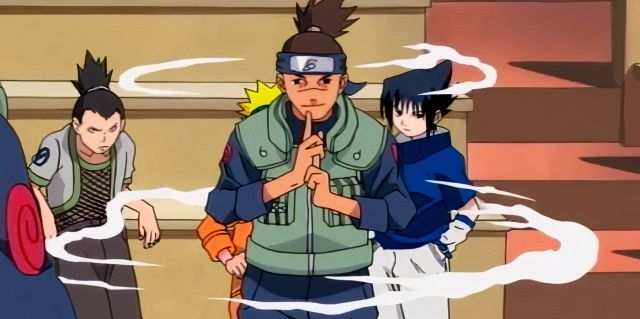
|
First Appearance |
Naruto, Episode 1, “Enter: Naruto Uzumaki!” |
|
Debut Date |
October 03, 2002 |
The Transformation Jutsu is a simple technique that allows users to take on the appearance of others, be it another person or an inanimate object. Despite being an E-Rank jutsu that even academy students can use, the Transformation Jutsu can be rather complex, as using it involves understanding the exact dimensions and appearance of the target. Inanimate objects are much more difficult to impersonate, as this involves taking into account the object’s weight and texture.
We’ll use the Transformation Jutsu to change into something that has what we need – Gamabunta
Despite being a seemingly simple technique, the Transformation Jutsu is one of the primary techniques a ninja must learn. The jutsu holds considerable importance for infiltration and espionage, as shinobi can go undetected in this form. However, maintaining the technique requires constant chakra emission, which can take a toll on the user in cases of prolonged usage. The technique is quite fickle, as a strong attack can easily dispel the transformation. Still, the technique has a myriad of applications for shinobi, and the technique has cemented itself as an iconic part of the Naruto series.
The Inspiration Behind the Transformation Jutsu
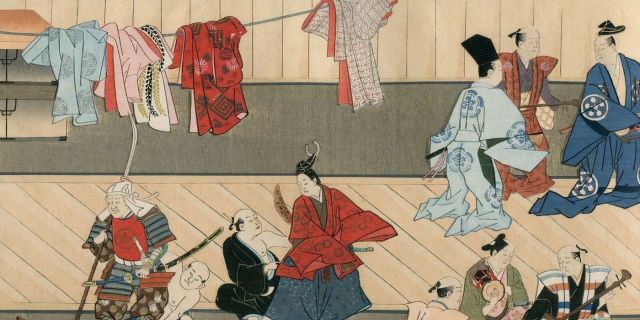
The Transformation technique is a product of drawing inspiration from a real-life ninja art called Hensojutsu. Despite being considered a martial arts skill, Hensojutsu relies on disguise and impersonation. Ninja would either disguise themselves in the form of a civilian occupation, such as farmers or mechants, or camouflage themselves in the form of inanimate objects.
The art of Hensojutsu extends far beyond mere physical impersonation, as ninja would take on the role of their fake professions quite earnestly. This involved observing their desired role and mimicking the physical and sociological elements to blend in perfectly. The art is more akin to stagecraft and acting, as their new role would involve acting out an entirely different persona.
The Art of Impersonation: Shichi Ho De
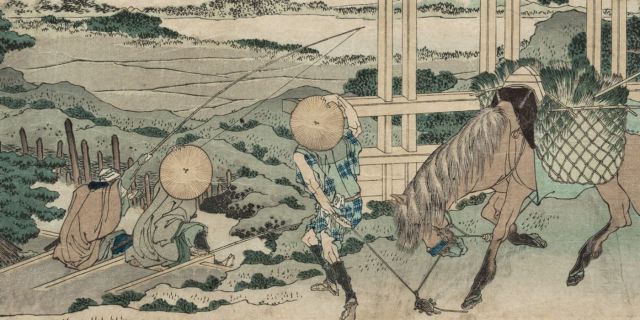
While Hensojutsu is the general art of mimicry among shinobi, “Shichi Ho De” is another form of impersonation used by a few ninja clans. This artform of impersonation requires ninja to take on one of seven different commoner professions; craftsman, priest, masterless samurai, merchant, entertainer, fisherman, and farmer. Ninja weren’t limited to just these professions, but as the most common professions in Feudal Japan, shinobi would resort to these seven to fit in with ease.
Shichi Ho De is much more complex than Hensojutsu, as this art form requires another element known as Gisojutsu. While Hensojutsu revolves around merely taking on the appearance of others, Gisojutsu goes a step further and includes imitating the behavior and thought patterns of their guise.
Animal and Object Impersonation
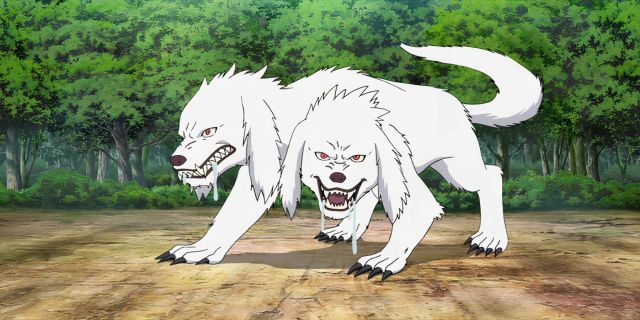
Hensojutsu goes beyond impersonating humans and common professions, as ninja have been known to use this art to disguise themselves as inanimate objects and animals. Ninja would tie wooden pads to their feet to leave behind animal footprints. The technique would lead pursuers astray and remove any traces of shinobi passing along a specific route.
To appear as objects, ninja would cover themselves with grass, barks, and leaves, using lighting and shadows to hide themselves in the backdrop. Much of this deception had to do with morphing their body into the shape of the object they impersonated, such as twisting their body to hide among trees or crouching to camouflage themselves as a rock.
How Does Naruto Utilize This Concept?
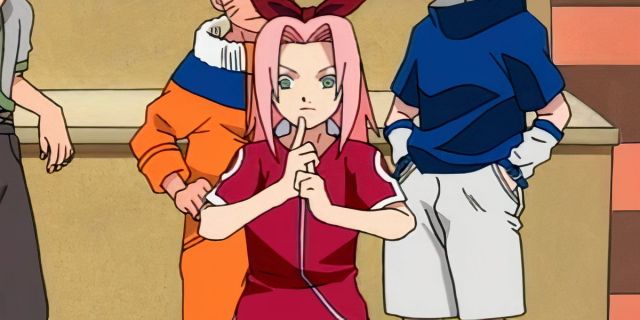
Naruto’s rendition of Hensojutsu and Shichi Ho De is accurately reflected in the Transformation Jutsu’s workings. The Transformation technique revolves around impersonating other ninja and even inanimate objects, which are all principles of Hensojutsu.
Characters have been witnessed using the impersonation technique to infiltrate and spy on enemies. The Transformation Jutsu has even trickled down to Boruto, showcasing its relevance and significance for ninja characters in the franchise. Despite adding a fictional touch to the art, the jutsu accurately captures the essence of Hensojutsu, paying homage to the shinobi that relied on this art during Japan’s Feudal age.
Naruto is available to stream on Prime Video.










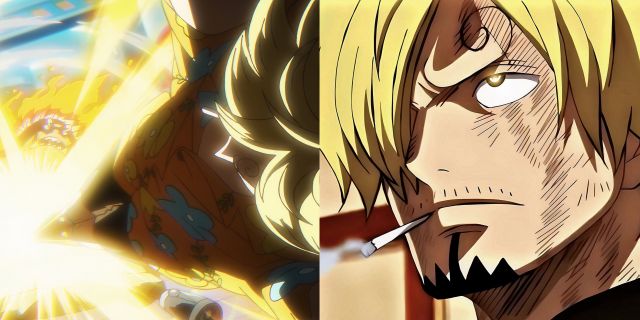
Leave a Reply